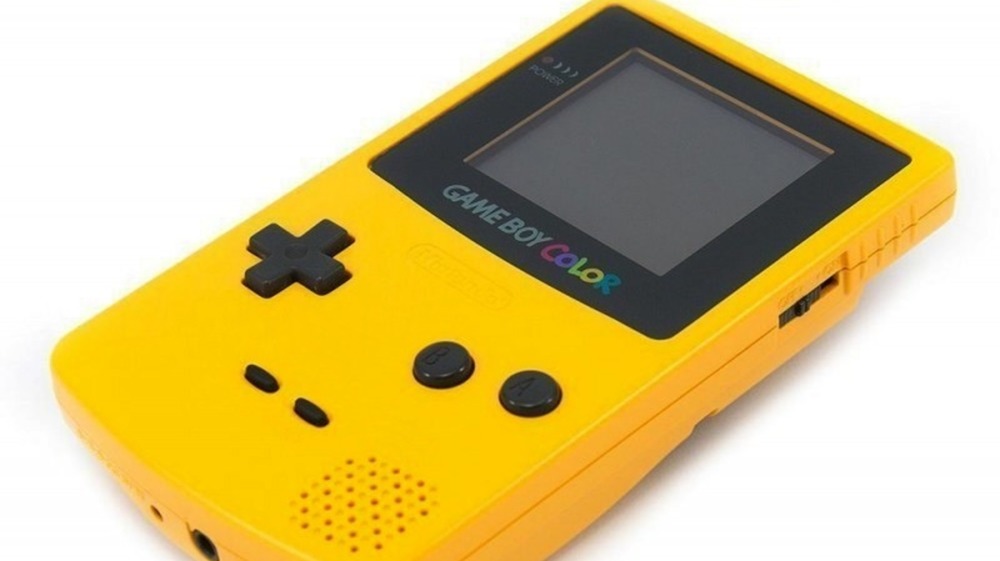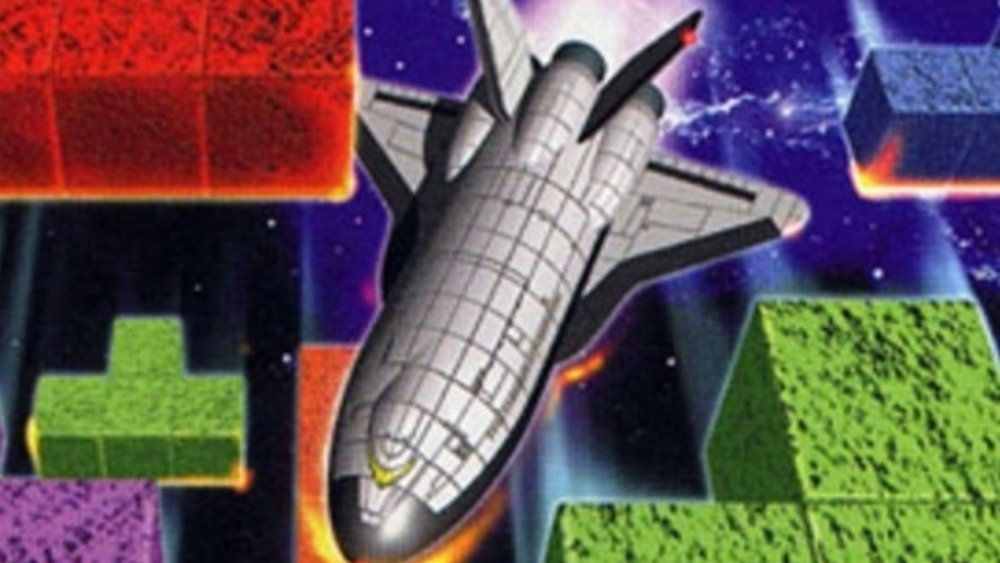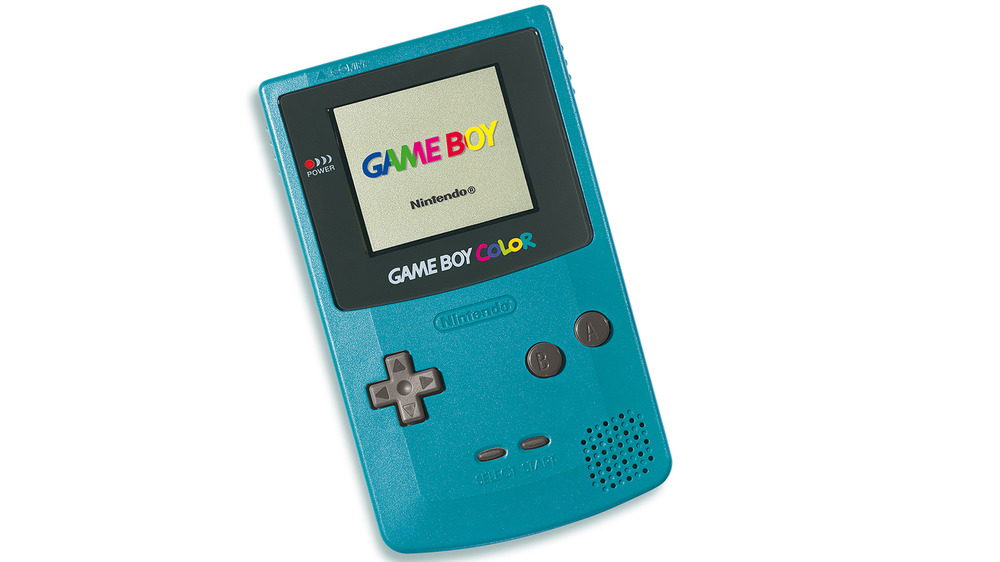What You Didn't Know About The Game Boy Color's Black Cartridges
The original Nintendo Game Boy line of handheld consoles were iconic pieces of gaming hardware from the late '80s that lasted into the early 2000s. The system's simple design and creative games were able to package satisfying experiences into a portable and resilient handheld console.
Simple games like Tetris, released in the Game Boy's first year of sales in 1989, proved that handheld games could be as satisfying as their arcade or NES counterparts. More complex titles, such as the original version of The Legend of Zelda: Link's Awakening, demonstrated that Nintendo could tell compelling, long-form stories while players navigated a fully-furnished RPG, all on a screen they could hold in their hands.
When the Game Boy line received its most significant and final upgrade with the Game Boy Color, Nintendo gave fans another unexpected gift. The Game Boy Color was fully backward compatible with all previous Game Boy titles, a rarity in the pre-disc world of specialized cartridges and incompatible consoles.
So while most Game Boy owners know that the clear cartridges only work on Game Boy Color and the grey cartridges work on both, the black cartridges hold a special secret.
Backward compatibility helped the Game Boy Color hit the ground running
The original Game Boy, released in 1989, was a success the moment it hit store shelves. While the technology inside was arguably inferior to its immediate competition, such as the Sega Game Gear, a great battery life, resilient design, and excellent library of games helped the handheld dominate throughout the '90s.
Some minor redesigns, such as the Game Boy Pocket, over the decade following its release helped maintain interest in the system. However, as a new generation of competitors, such as the SNK Neo Geo Pocket Color, challenged the Game Boy, Nintendo realized it would need to move the brand forward.
While the company had long aspired to make the equivalent of a Super Nintendo handheld, the technology wasn't there yet, and wouldn't be until the Game Boy Advance arrived in 2001. By improving some hardware aspects of the original Game Boy, the Game Boy Color came in 1998.
At launch, the Game Boy Color only had three games, Centipede, Tetris DX, and Pocket Bomberman, hardly enough to compete with the Neo Geo Pocket Color. Thankfully, it was also able to play every other Game Boy game ever released.
Black Game Boy cartridges allow for retroactive compatibility
When the Game Boy Color came out, it separated the entire Game Boy library into two sets of cartridges. The first was the classic grey cartridges produced for the original Game Boy. The clear style of cartridges were those made for the Game Boy Color.
The difference between these two types of cartridges was that the original grey cartridges worked in both the original Game Boy and the Game Boy Color. The games were still in black and white on the Game Boy Color, but they were playable. The clear cartridges only worked in the Game Boy Color, as the Game Boy couldn't display colors.
However, there was a third style, the black cartridge. The three games launched with the Game Boy Color, Tetris DX, Centipede, and Pocket Bomberman used this design, as did some others, and all had one unique feature – they were retrocompatible.
Being retrocompatible meant that the black cartridges worked with both systems and displayed the appropriate colors on either one. On the original Game Boy, the games were in black and white, while on the Game Boy Color, the games are displayed in all 16 glorious colors.



